Rod Length Demystified: What Works Best for Each Environment
When it comes to fishing, your rod is much more than just a tool—it’s the crucial connection between you and the underwater world. Selecting the right rod length can make the difference between a frustrating day on the water and a successful fishing expedition filled with memorable catches. While many anglers focus exclusively on power ratings or action types, rod length remains one of the most critical yet often overlooked factors that significantly impacts your fishing performance. From tight, brush-choked streams to vast, open oceans, each fishing environment presents unique challenges that require specific rod lengths to overcome. This comprehensive guide will help you understand how rod length affects your fishing and how to select the perfect length for any fishing scenario you might encounter.
Understanding Rod Length Basics
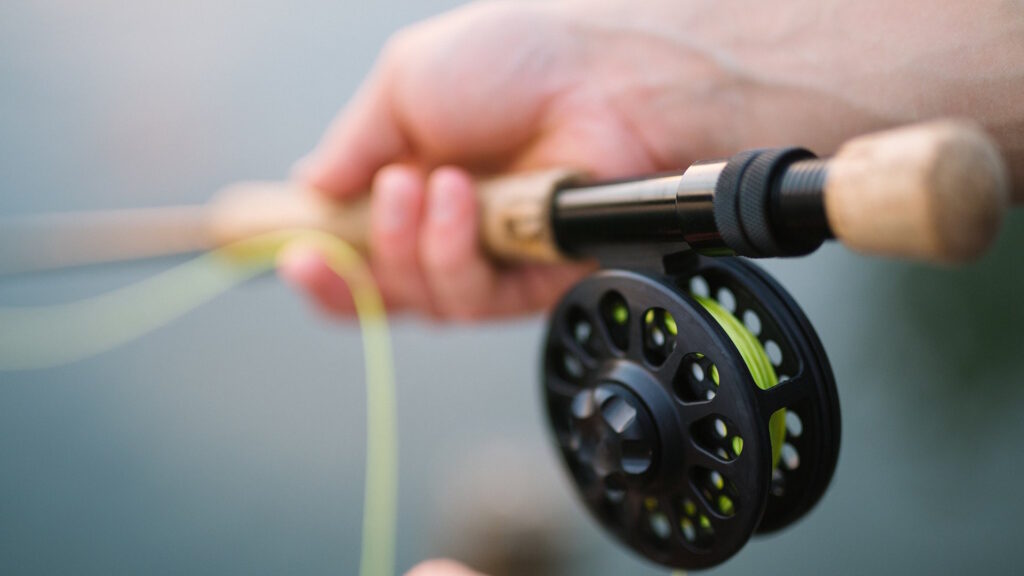
Fishing rods typically range from ultra-short 4-foot models to extended 14-foot surf casting rods, with each length offering distinct advantages in specific situations. The length of a rod affects several performance factors, including casting distance, accuracy, leverage during the fight, and overall handling comfort. Shorter rods generally provide better accuracy and control in tight spaces, while longer rods offer superior casting distance and fish-fighting leverage. Rod length is measured from the butt of the handle to the tip of the rod, and even a difference of one foot can dramatically change how a rod performs in a given environment. Understanding these fundamental principles forms the foundation for making informed decisions about which rod length will serve you best in various fishing scenarios.
Ultralight Stream Fishing: The Case for Shorter Rods
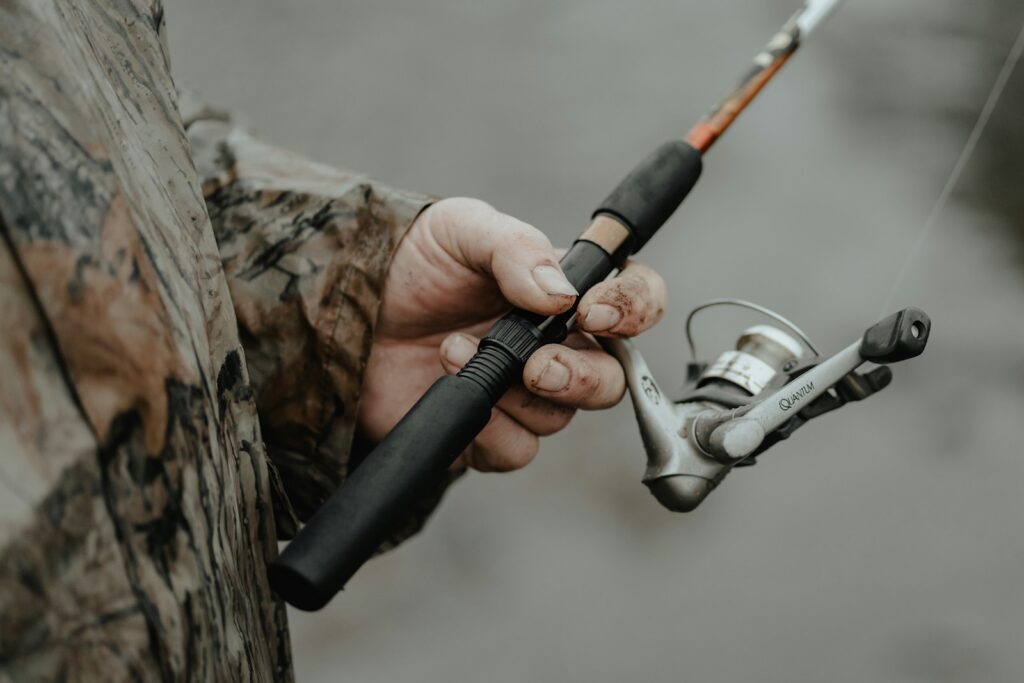
When navigating small, overgrown streams for trout or panfish, rod lengths between 5’6″ and 6’6″ prove ideal for several practical reasons. These shorter rods allow for precise, delicate casts beneath overhanging branches and around obstacles that would snag longer rods. The reduced length also makes it easier to maneuver in tight quarters where vegetation crowds the banks and limits your casting motion. Additionally, shorter rods provide enhanced sensitivity for detecting the subtle takes common with stream-dwelling species, particularly when paired with ultralight tackle. The compact nature of these rods also makes hiking to remote fishing spots considerably more manageable, as they’re less likely to catch on branches or undergrowth during your approach to prime fishing locations.
Bass Fishing in Lakes and Ponds: The Versatile Middle Ground

For bass fishing in most lakes and ponds, medium-length rods between 6’6″ and 7’6″ offer the ideal balance of versatility and performance. These lengths provide sufficient casting distance to reach offshore structures while maintaining the accuracy needed for targeting specific cover like fallen trees or dock pilings. Medium-length rods also excel at handling the variety of techniques bass anglers employ, from pitching jigs to working topwater lures effectively across different zones. The balanced design allows for comfortable all-day fishing without excessive fatigue, particularly important during tournaments or extended outings. Additionally, these mid-range lengths provide adequate leverage for setting hooks firmly and controlling powerful bass, yet remain maneuverable enough for working fish around boat sides or through complex structure.
Surf Casting: Why Length Matters

Surf casting demands significantly longer rods, typically between 9 and 14 feet, to overcome the unique challenges presented by shoreline fishing. These extended lengths enable anglers to cast heavy lures and baits beyond the breaking waves where many target species actively feed, reaching distances that would be impossible with shorter rods. The added length provides the necessary leverage to keep your line above the incoming surf, preventing waves from pushing your line back toward shore and maintaining better contact with your presentation. Longer surf rods also help elevate your line above other beach obstacles like rocks, seaweed beds, and sandbanks that could otherwise interfere with your retrieve. Furthermore, the additional length creates more fighting power when battling larger saltwater species against the constant pull of waves and currents, giving you a mechanical advantage during extended fights.
Kayak and Canoe Considerations
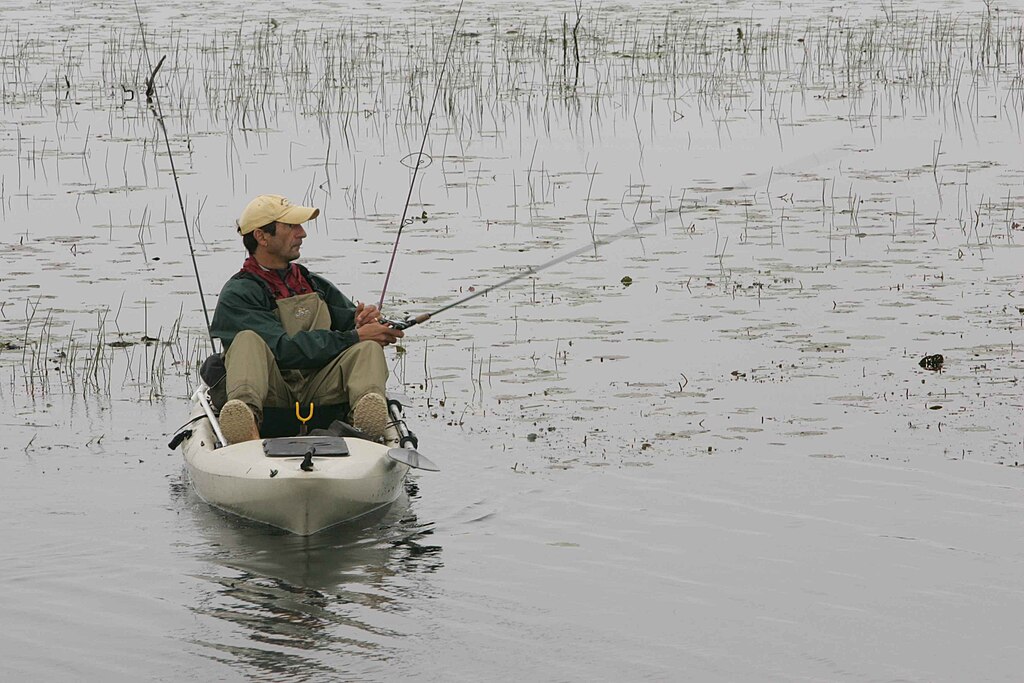
Fishing from kayaks and canoes presents unique spatial constraints that make rod length selection particularly important for both functionality and safety. Rods between 6′ and 7′ hit the sweet spot for most paddle craft anglers, offering enough length for effective casting while avoiding the obstacles inherent to the low sitting position. Shorter rods prevent the dangerous scenario of high-sticking when fighting fish from the unstable platform of a kayak or canoe, reducing the risk of capsizing during intense battles with larger fish. The moderate length also allows for easier storage during transport and minimizes the challenge of managing a longer rod in windy conditions where control becomes more difficult. Additionally, these compact lengths facilitate more controlled side-arm casts that help maintain balance in tippy watercraft while still delivering your presentation accurately to target areas.
Ice Fishing: The Specialized Short Rod Approach
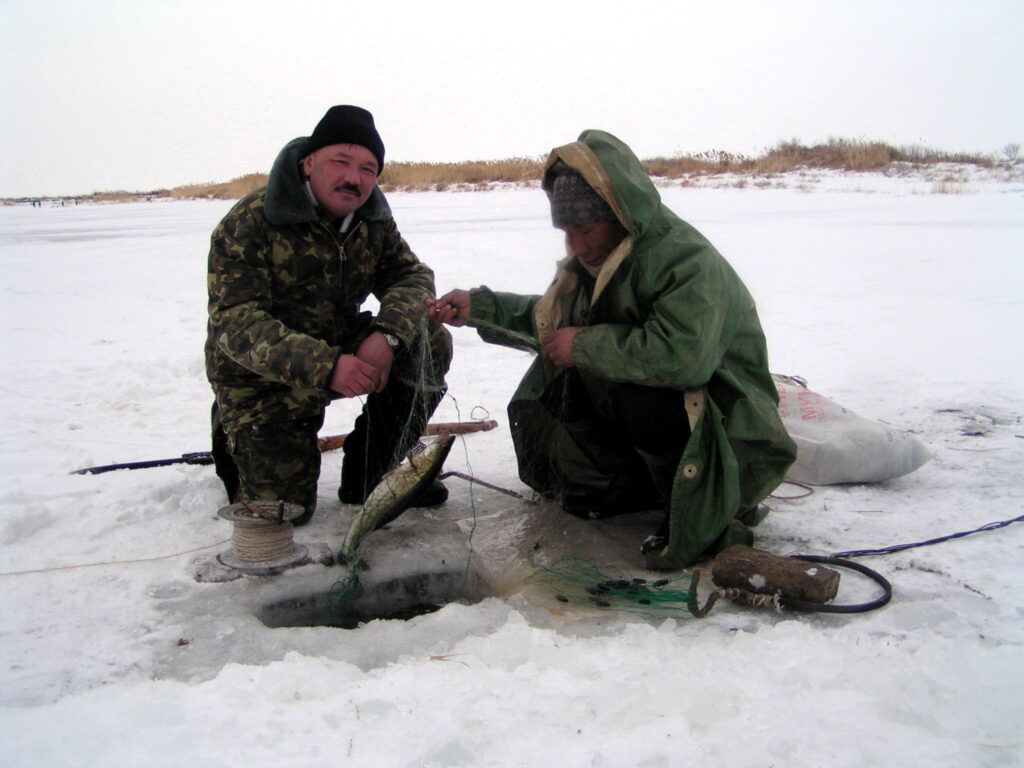
Ice fishing calls for the shortest rods in the angling spectrum, typically ranging from just 24 to 36 inches, designed specifically for the unique constraints of fishing through a small hole in the ice. These ultra-compact rods allow anglers to sit directly over the hole, maintaining vertical line presentation and immediate contact with lures or bait below. The shortened length provides enhanced sensitivity crucial for detecting the subtle winter bites characteristic of lethargic cold-water fish, with many ice rods featuring specially designed handles that transmit even the lightest nibbles to your fingertips. The reduced size also makes these rods ideally suited for use within the confined space of ice shelters, where longer rods would be impractical or impossible to operate effectively. Additionally, shorter ice rods often incorporate specialized reel seats positioned closer to the blank, creating better balance when paired with the lightweight reels typically used for ice fishing applications.
Fly Fishing: Length Based on Water Type
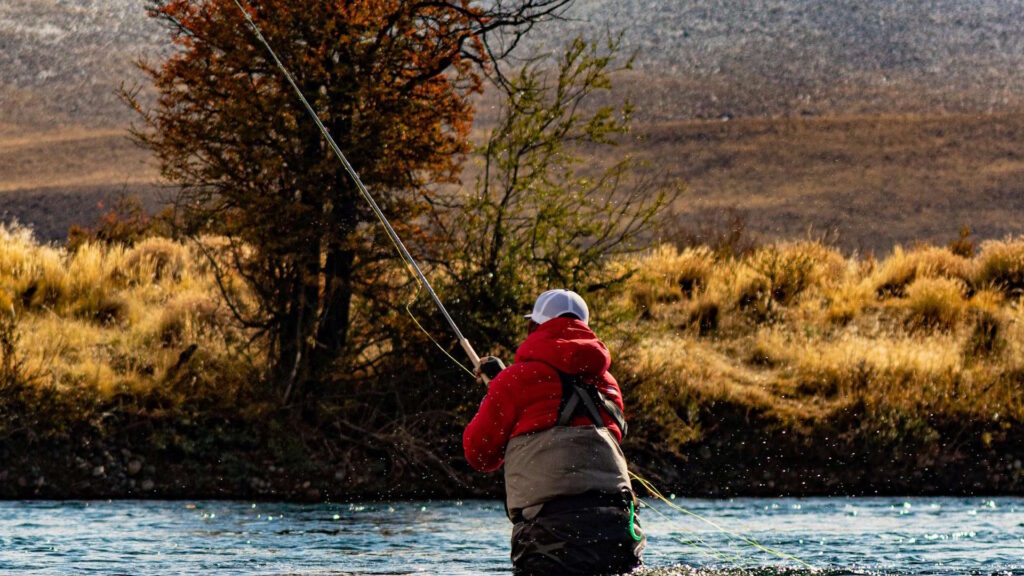
Fly fishing rod lengths vary considerably based on the specific water type being fished, with each environment demanding different attributes for optimal performance. Small stream fly fishing typically calls for rods between 7’6″ and 8’6″, providing the necessary accuracy and delicacy for presenting flies in tight quarters without sacrificing the ability to control line during the drift. For medium rivers and most trout waters, 9-foot rods represent the industry standard, offering the ideal balance of casting distance, line control, and fish-fighting capability across various conditions. When targeting larger rivers or dealing with significant winds, longer rods between 10 and 12 feet—including switch and spey designs—provide the additional leverage needed to manage longer casts and control line across complex currents. These length variations demonstrate how fly fishing, perhaps more than any other angling discipline, relies on matching rod length precisely to the specific water being fished.
Offshore and Deep Sea Fishing Rod Lengths

Offshore fishing presents some of the most demanding conditions in angling, requiring specialized rod lengths to handle both the environment and the potential size of the quarry. Stand-up rods for offshore trolling typically range from 5’6″ to 7′ to provide the leverage needed to fight large pelagic species while remaining short enough to brace against a fighting belt or harness for extended battles. Jigging rods for deep-water applications generally fall between 5′ and 6′ to allow the rapid, vertical pumping action required for this technique while maintaining the backbone necessary to lift substantial fish from depth. For kite fishing applications, where multiple lines must be managed simultaneously, rods between 7′ and 8′ offer the reach needed to handle complex spreads while remaining manageable on a moving boat. These specialized lengths reflect the highly technical nature of offshore fishing, where using the wrong rod length can quickly result in physical exhaustion during extended fights with powerful gamefish.
Rod Length Impact on Casting Distance and Accuracy
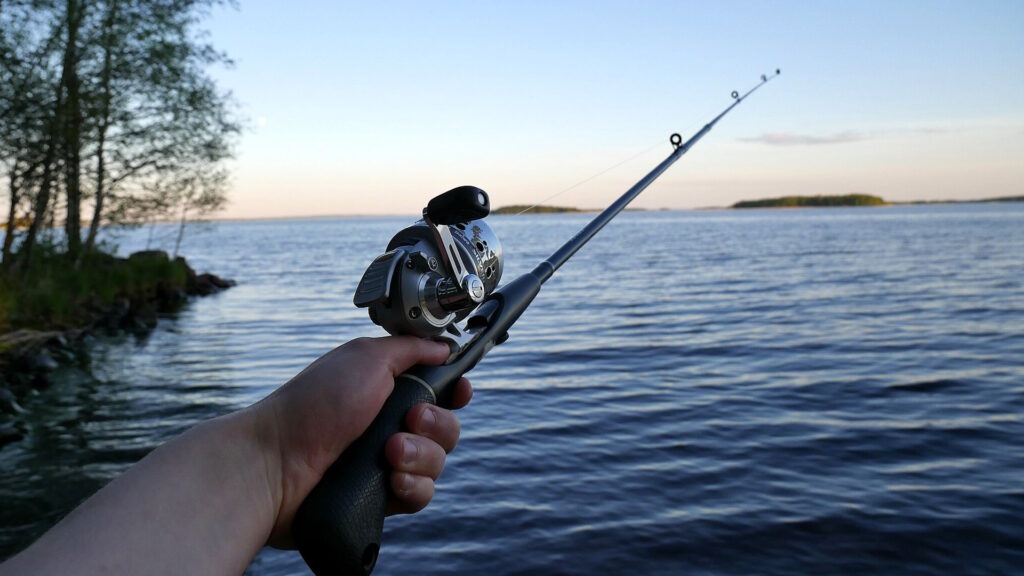
The physics behind rod length creates a direct relationship with both casting distance and accuracy that every angler should understand. Longer rods generate greater casting distance through an increased lever effect, allowing the lure to travel farther through a wider arc during the cast, which explains why distance-casting applications like surf fishing rely on extended lengths. Conversely, shorter rods excel at accuracy by reducing the casting arc, giving the angler more precise control over lure placement—a critical factor when targeting specific structure or cover in close quarters. This distance-accuracy tradeoff means anglers must prioritize which factor matters most in their fishing environment rather than seeking a single “perfect” length. Environmental factors like wind also interact with rod length, with shorter rods providing better control in gusty conditions by reducing the wind’s leverage on your casting motion. Understanding these mechanical principles helps explain why professional anglers often carry multiple rod lengths even when fishing the same species in the same body of water.
Rod Length and Fighting Power
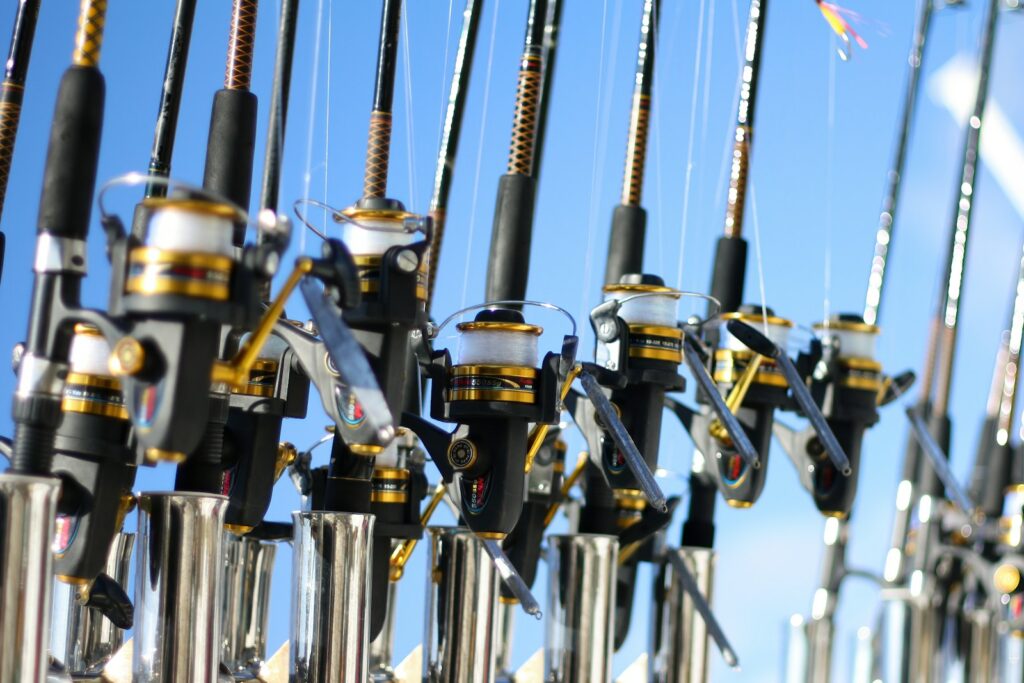
Rod length significantly influences your mechanical advantage when fighting fish through a principle similar to that of a simple lever. Longer rods provide greater leverage during the fight, allowing you to exert more pressure on the fish while absorbing sudden runs and headshakes that might otherwise break lighter lines. This additional length acts as a shock absorber, converting potentially line-breaking jolts into more manageable, rod-bending energy that protects your connection to the fish. Shorter rods, while offering less overall leverage, provide more direct power for quickly turning fish away from obstructions or lifting them from cover—a critical advantage when fishing around docks, submerged timber, or reef structures. The fighting characteristics of different rod lengths explain why specialized applications like surf fishing favor extreme length for controlling distant fish against current, while boat anglers often prefer shorter, more powerful rods for quickly subduing fish near structure.
Multi-Piece Travel Rods: Length Considerations

Travel rods present unique considerations regarding length selection, as the convenience of multi-piece design must be balanced against performance needs. Modern manufacturing techniques have largely eliminated the performance gap between one-piece and multi-piece rods, allowing travelers to select lengths based on fishing requirements rather than transportation constraints. Four-piece travel rods in the 7′ to 9′ range have become particularly popular for their versatility across different fishing environments while still packing down to lengths that fit easily in carry-on luggage or backpacks. When selecting travel rod length, consider both your destination’s fishing conditions and practical transportation factors such as airline restrictions, vehicle storage space, or hiking distance to remote locations. Many serious traveling anglers find that investing in two specialized travel rods—one shorter option for tight quarters and one longer model for open water—provides the versatility needed to adapt to any fishing situation encountered during their journeys.
Rod Length for Children and Beginners
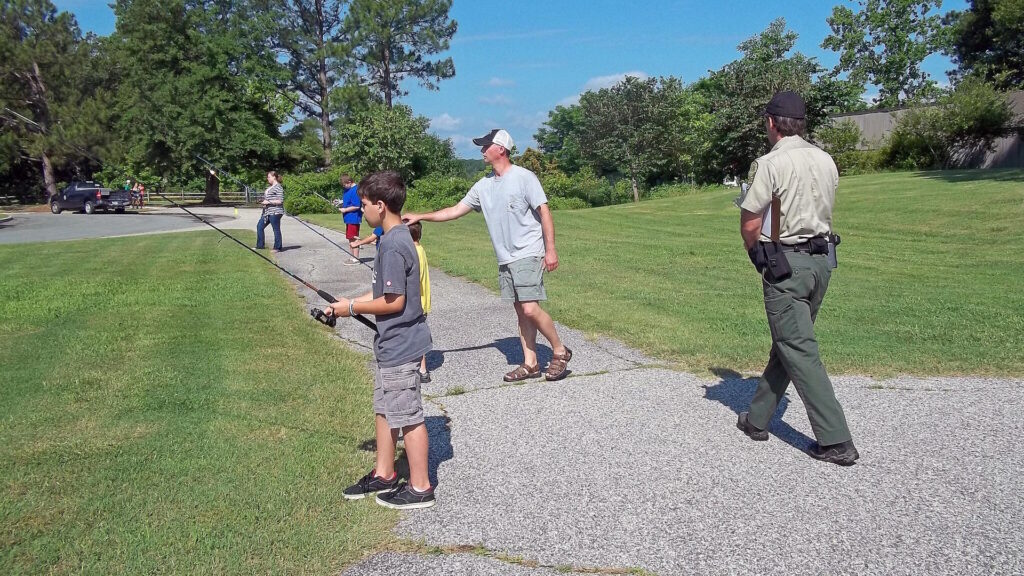
When introducing children or beginners to fishing, appropriate rod length becomes even more critical for ensuring early success and building lasting interest in the sport. For young children under 8 years old, rods between 3′ and 4’6″ match their limited physical capabilities while providing enough length to make basic casts and feel the excitement of fighting fish. As children grow or for teen beginners, stepping up to 5′ or 6′ rods offers improved performance while remaining manageable for developing coordination and strength. Beyond physical considerations, shorter rods also reduce the complexity of the casting motion, allowing newcomers to focus on basic technique rather than struggling with unwieldy equipment that might lead to frustration. The more intuitive control provided by an appropriately sized rod helps create successful early experiences that build confidence and encourage continued participation in fishing activities.
Adapting Rod Length to Your Physical Abilities
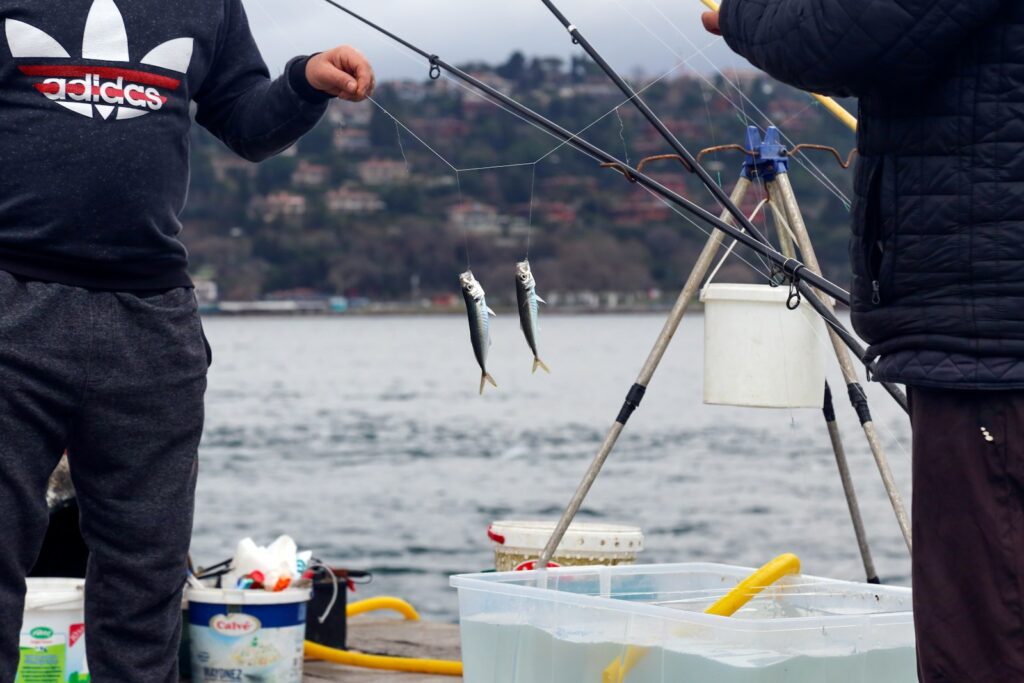
Personal physical factors, including height, arm length, strength, and any mobility limitations, should significantly influence your rod length selection. Taller anglers generally benefit from slightly longer rods that complement their reach, while shorter individuals often find that reducing rod length by 6-12 inches from standard recommendations provides better control and reduces fatigue. Anglers with shoulder, elbow, or wrist issues should consider how different rod lengths affect joint stress during both casting and fish fighting, with moderate lengths often providing the best compromise between performance and comfort. Age-related considerations become particularly important for senior anglers, who may find that dropping down to slightly shorter, lighter rods extends their time on the water by reducing physical strain while still maintaining effective fishing capabilities. These personal adaptations highlight the importance of treating rod length recommendations as starting points rather than absolute rules, with individual comfort and capability ultimately determining the optimal length for your specific needs.
Conclusion

Selecting the right rod length represents one of the most consequential decisions in matching your tackle to both your fishing environment and personal needs. While no single length works universally across all situations, understanding the principles behind rod length performance allows you to make informed choices that enhance your fishing experience. Whether you’re casting into tight woodland streams, launching baits into the pounding surf, or jigging in the deep blue offshore waters, the appropriate rod length serves as the foundation for fishing success. By matching rod length to your specific environment, target species, and physical capabilities, you’ll not only improve your catch rates but also enhance your overall enjoyment of time spent on the water. Remember that many accomplished anglers maintain a selection of different rod lengths, allowing them to adapt perfectly to whatever fishing scenario they encounter.
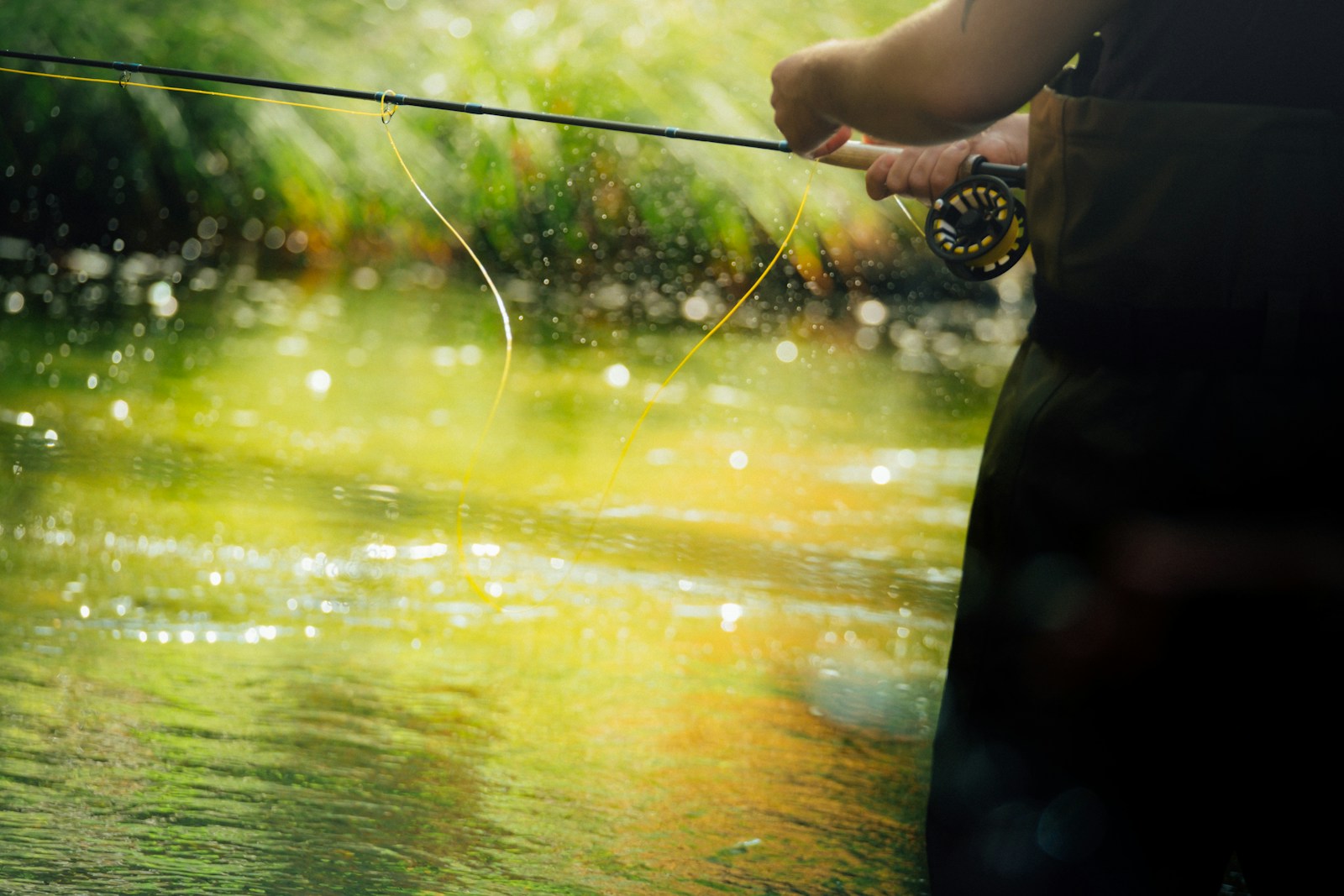


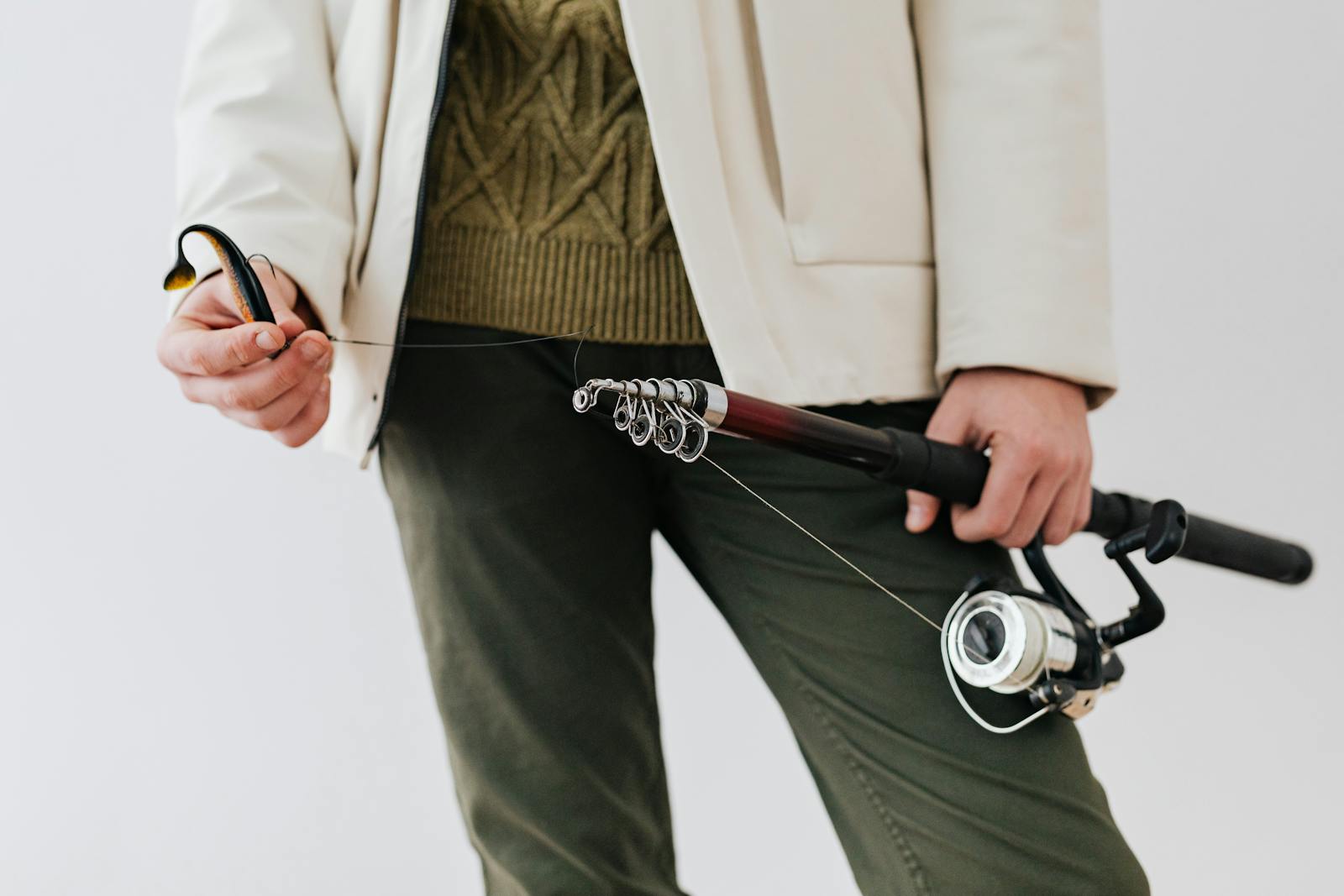










Post Comment